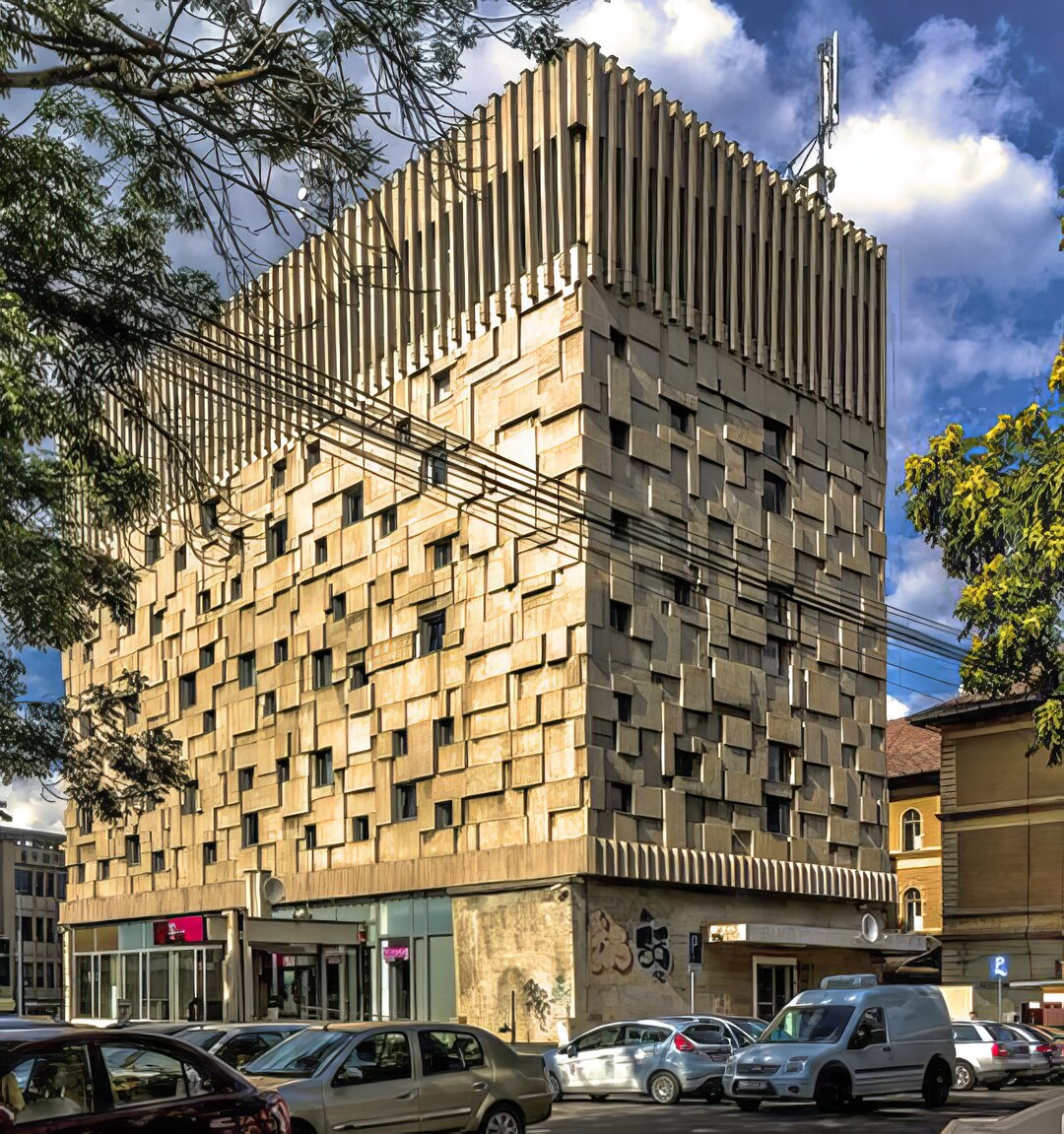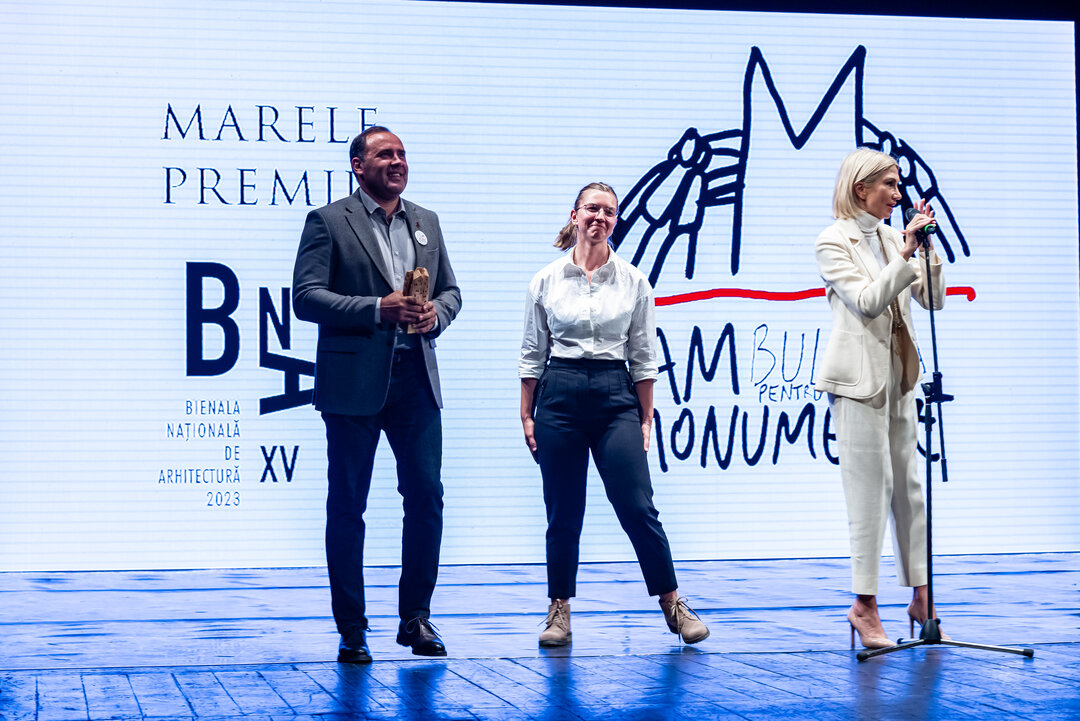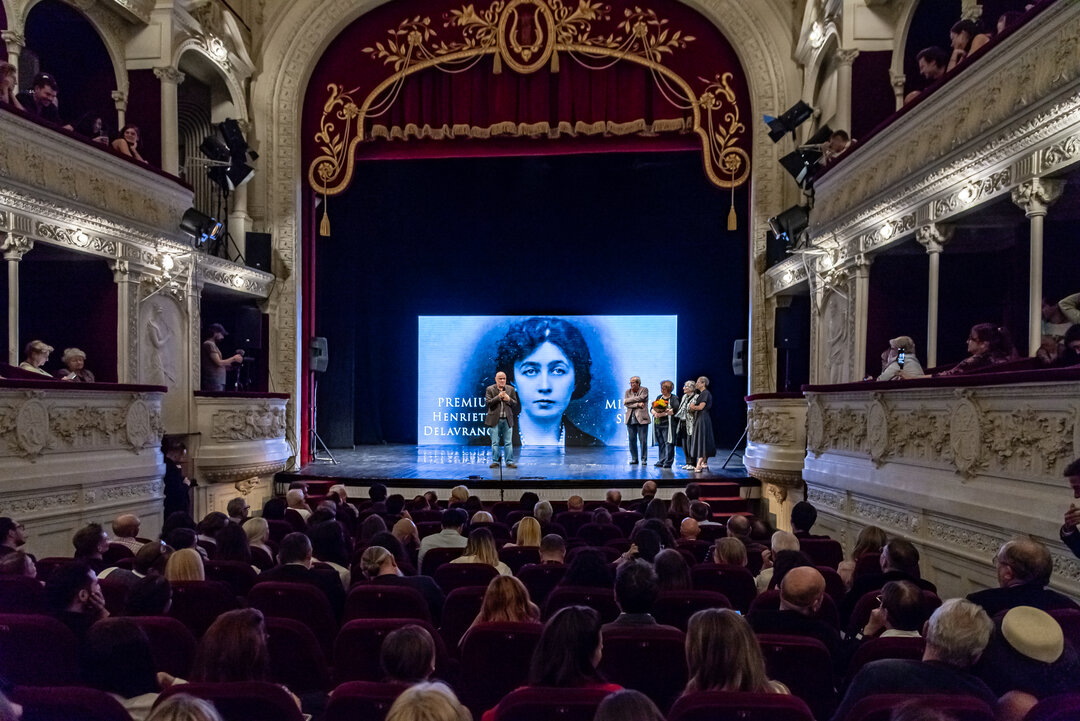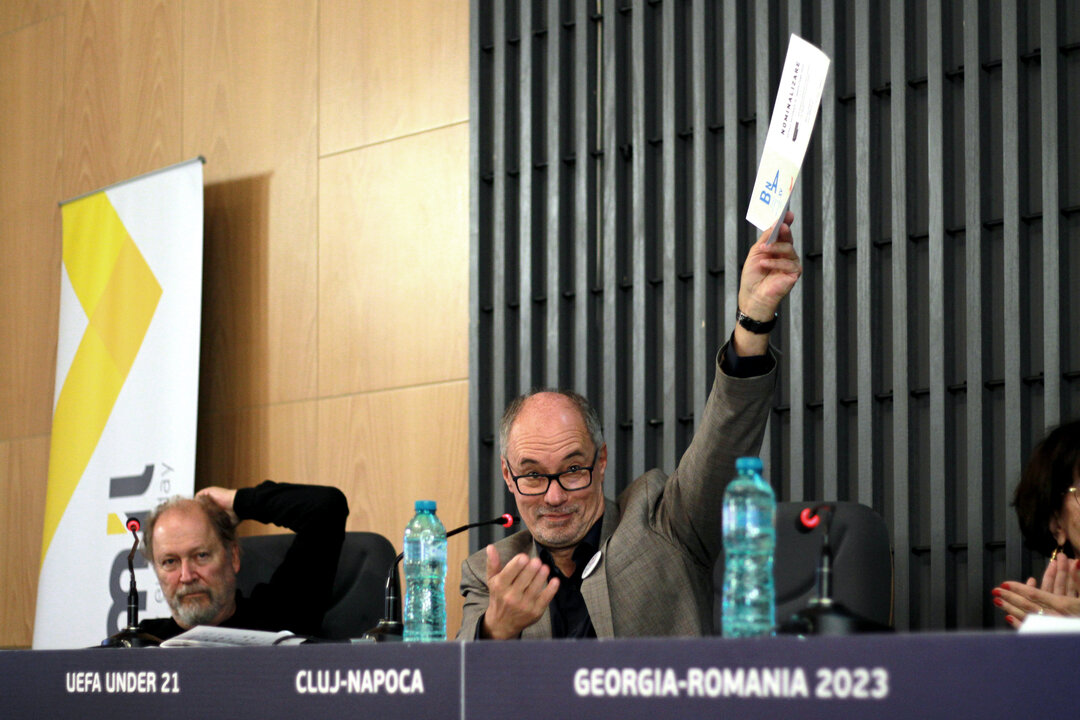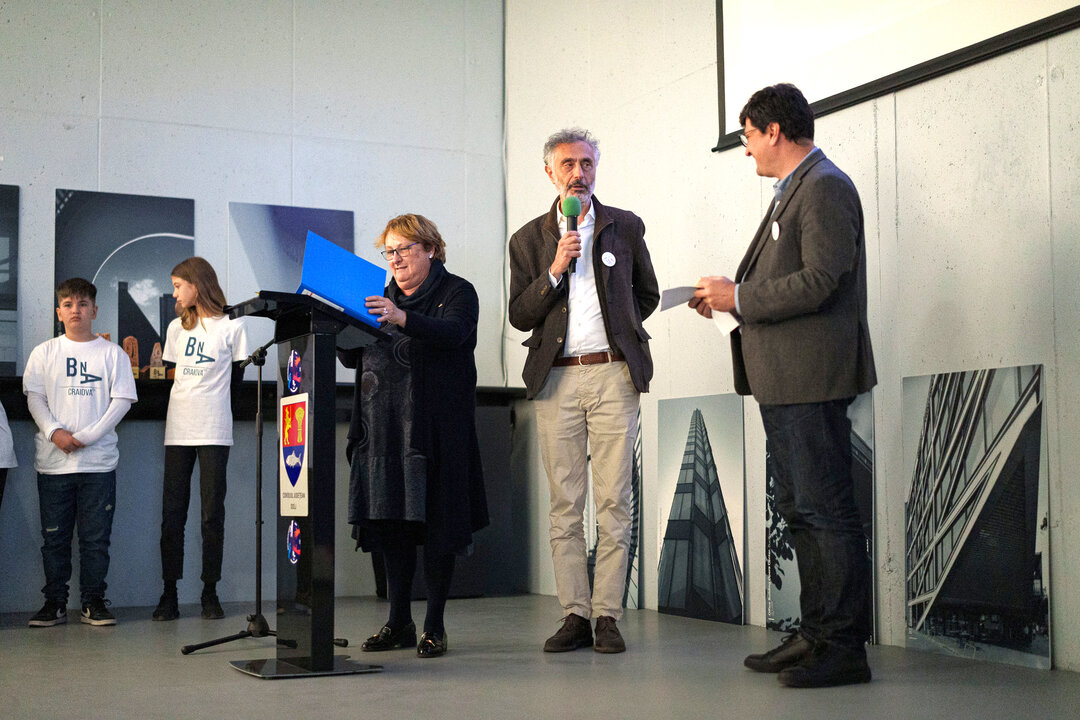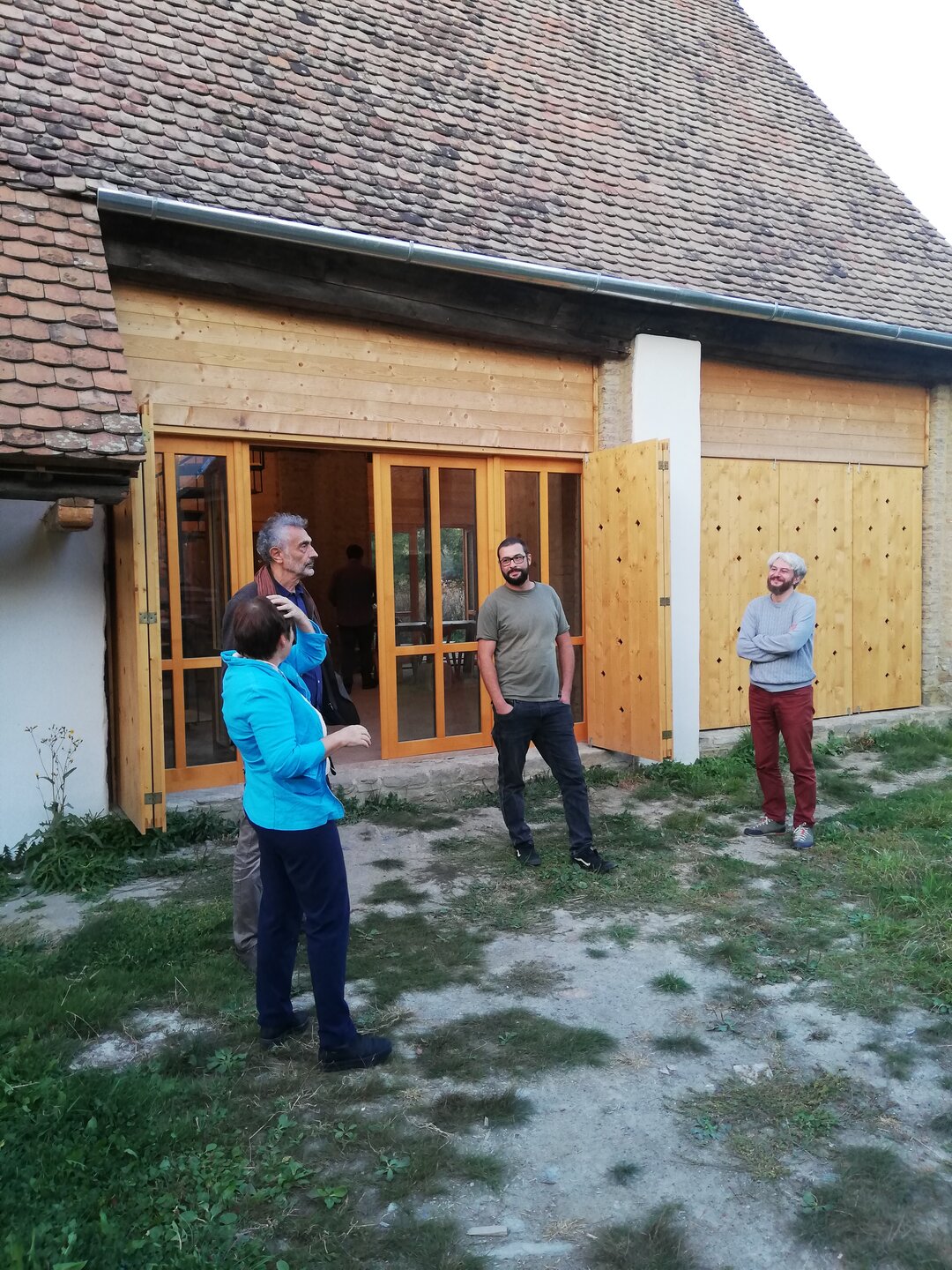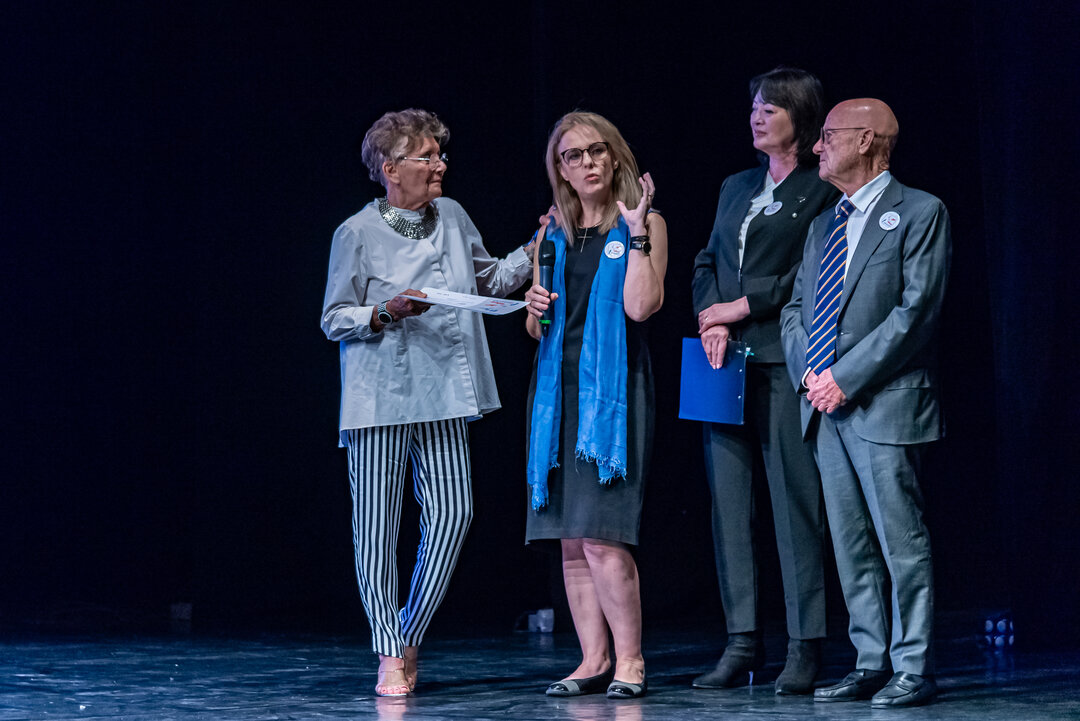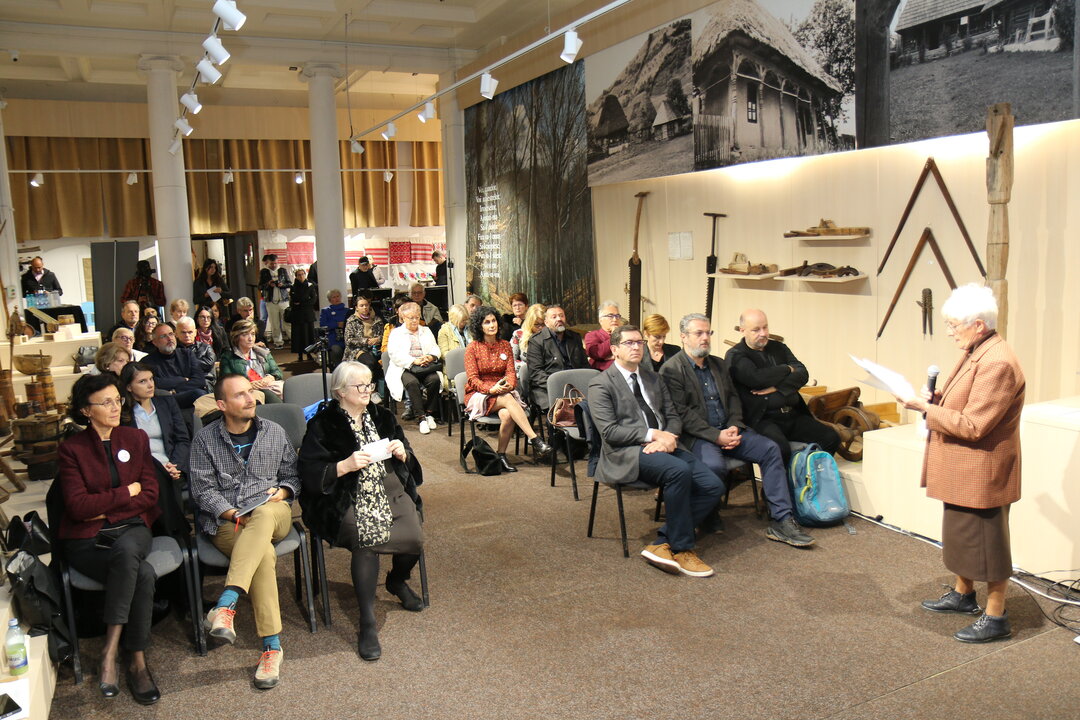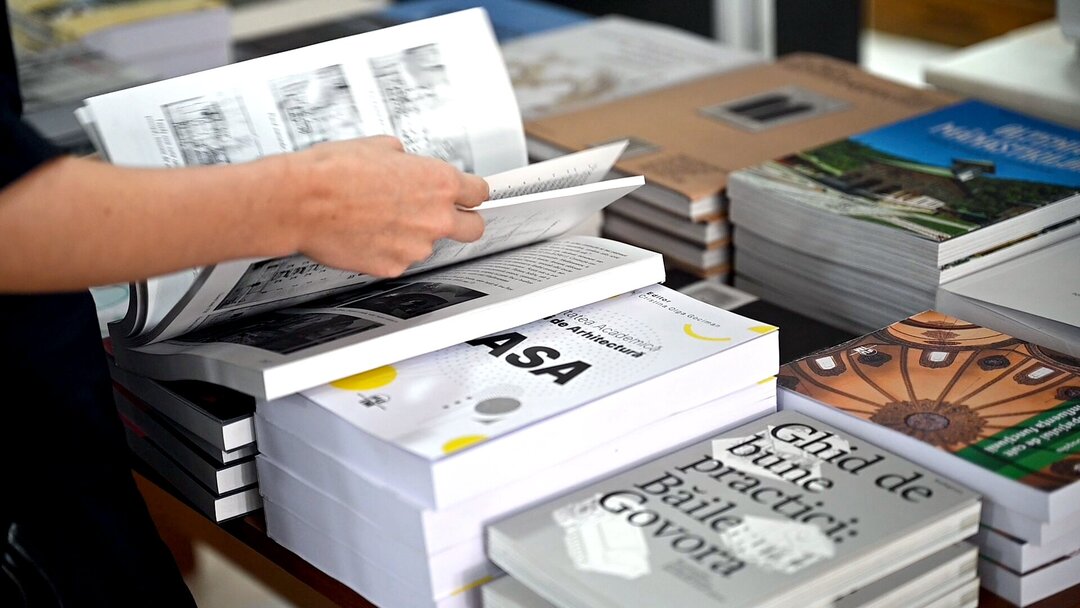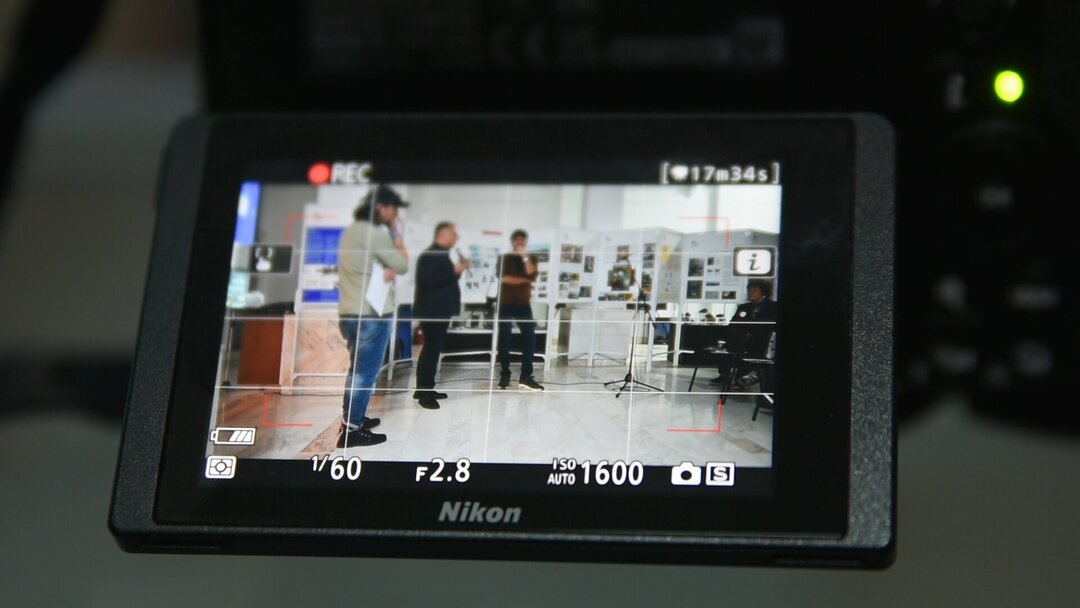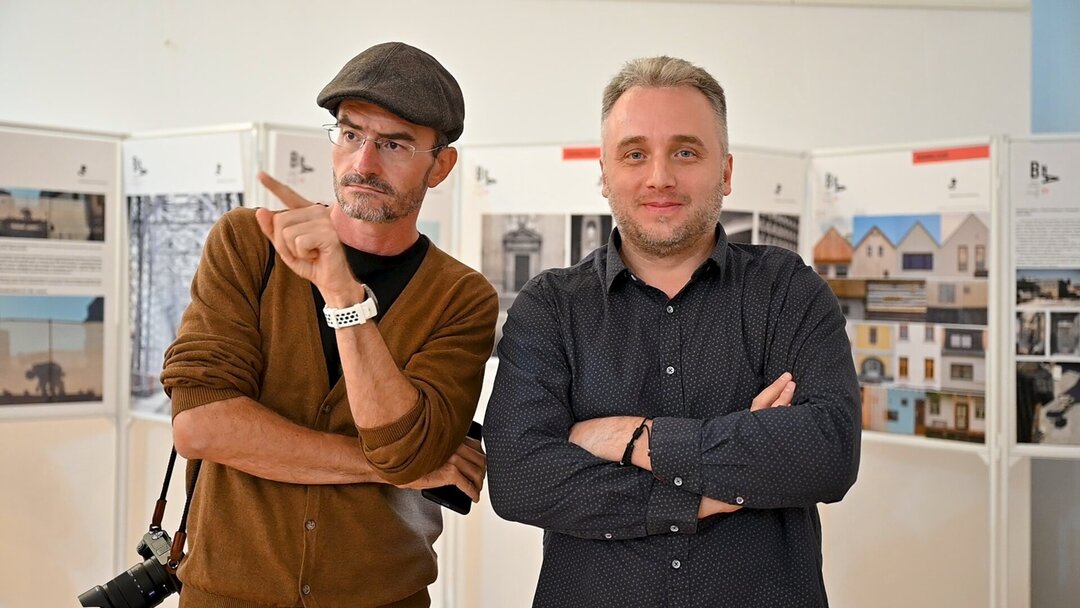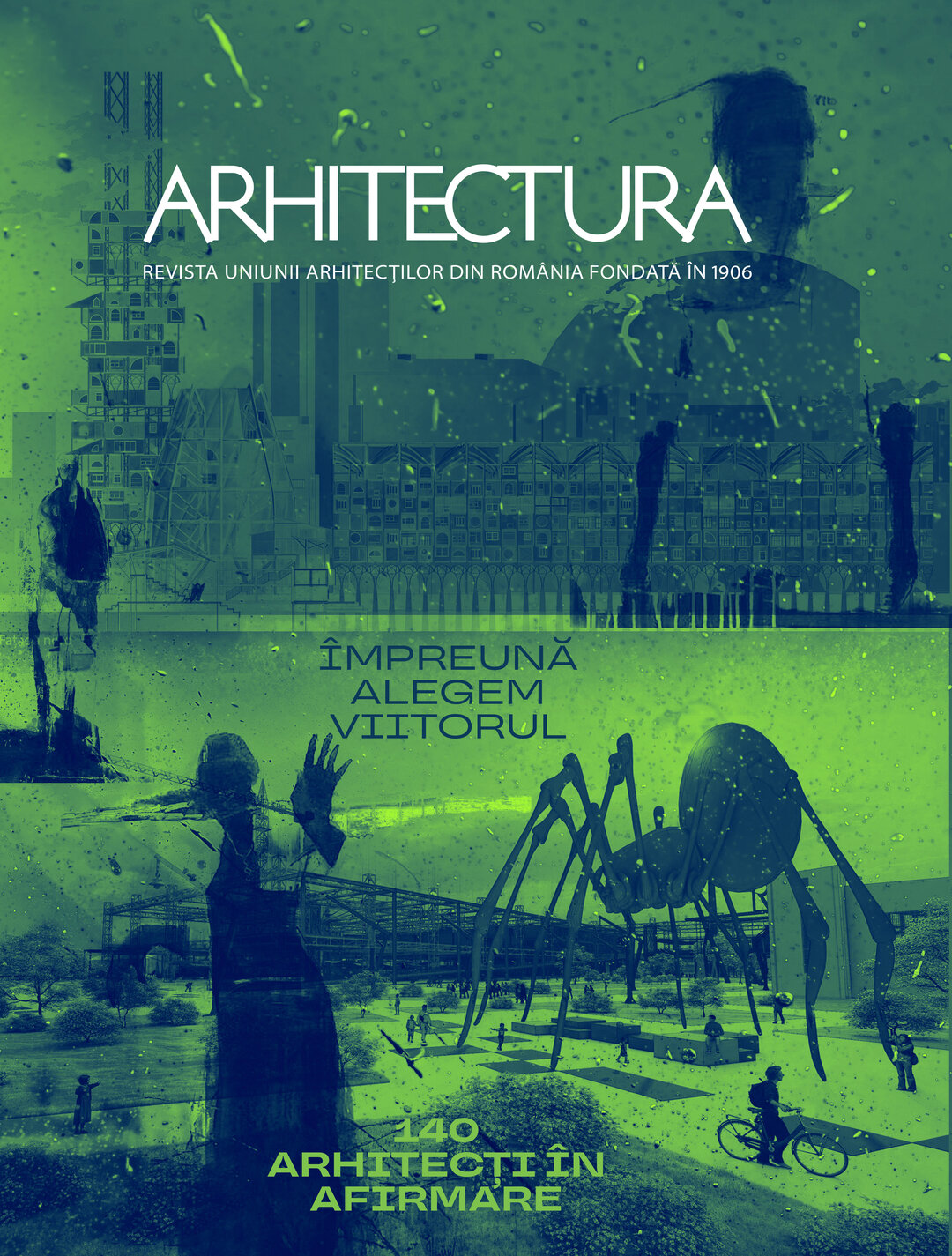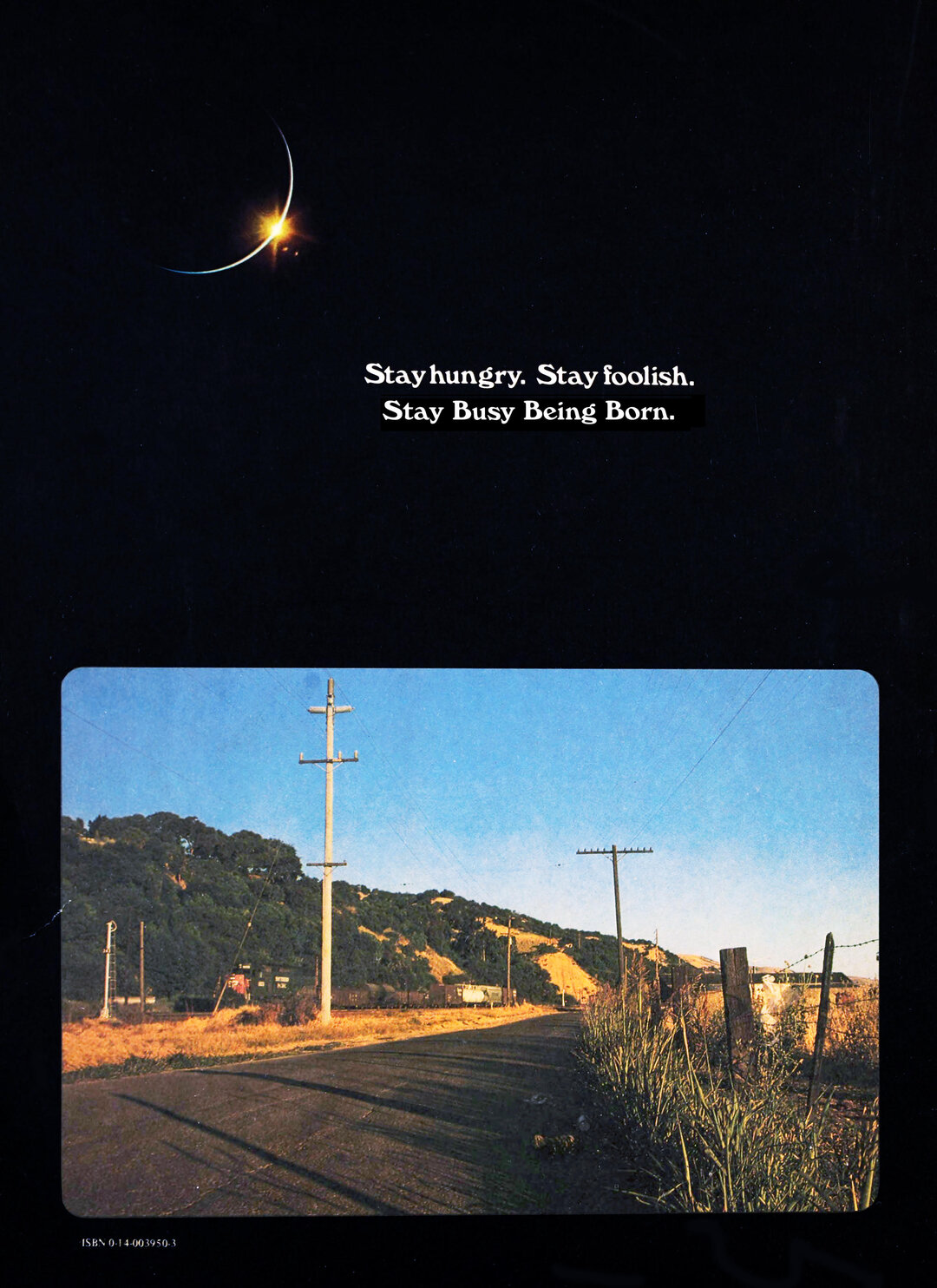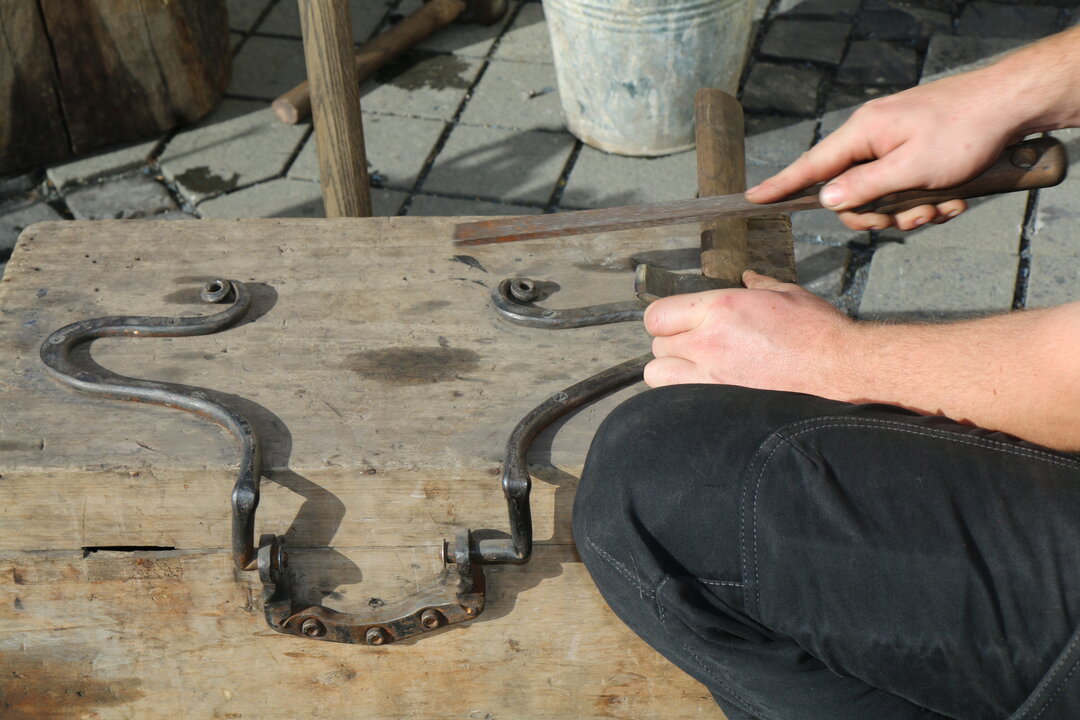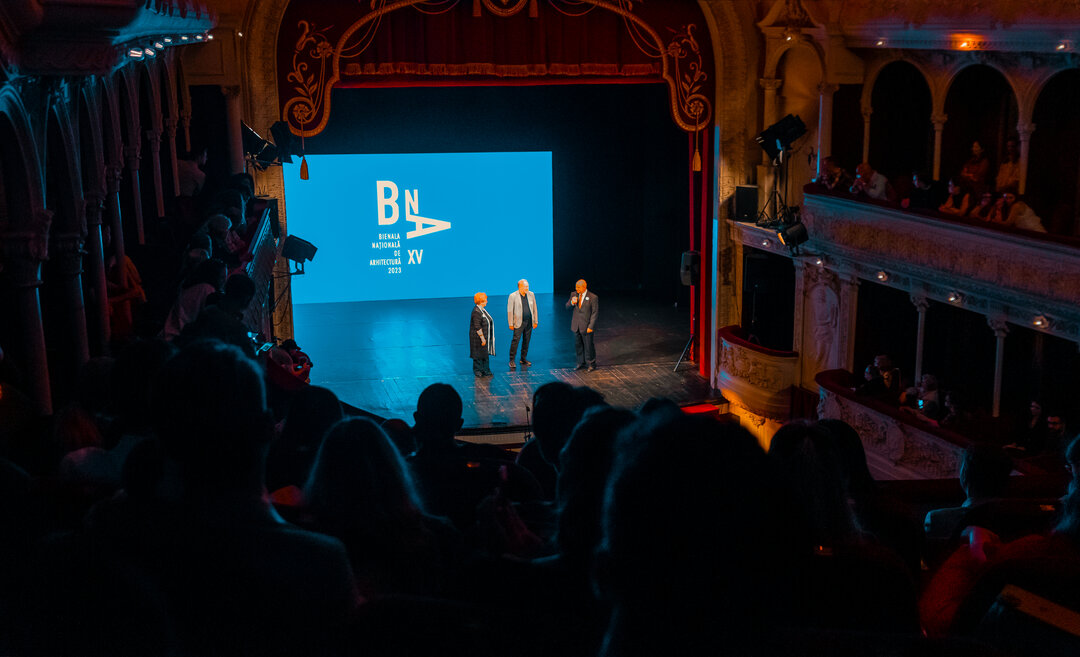
What architectural photography is not
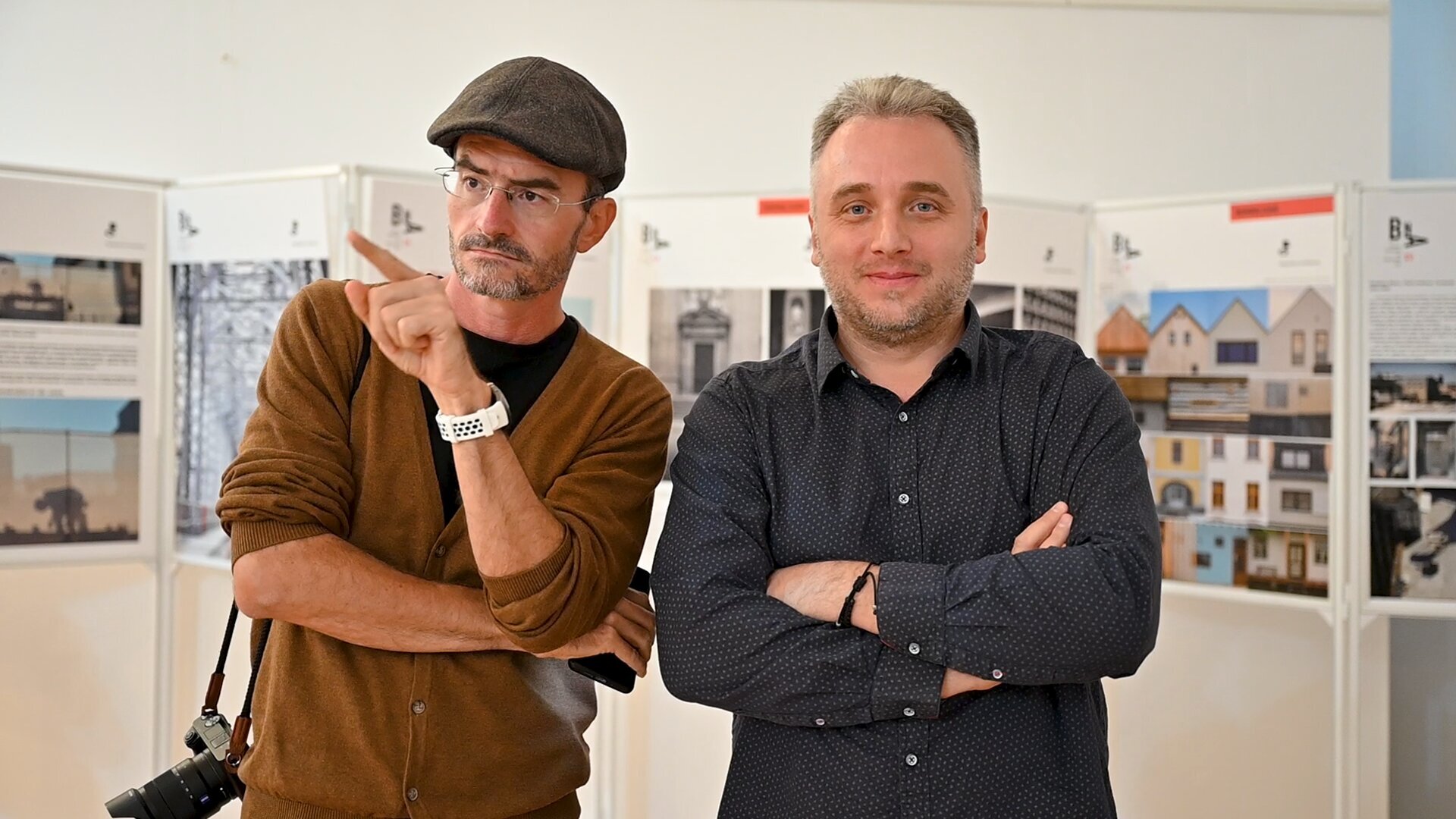
Sitting on a specialized jury is always a challenge. The temptation of ego leads you to feel that you have a right to judge someone else's opinion. I learned a long time ago that the only things on which you can make demands that count in any way and are legitimate are your own actions. On the other hand, the good one, the role of a jury is to set the line of a certain vision of a field at a certain point in time, and not to take personally the relationship with the object of the jury.
I have grown up with architectural photography, I have been practicing and researching it for over twenty years with the intention of understanding it better, of reconciling an old and often difficult relationship, of innovating in the field of its aesthetic resorts, of approaching it, of helping those interested to become aware of its mechanisms and its loopholes. And if you've already found a few words that don't seem to line up harmoniously, yet, you've noticed correctly. Because my relationship with architectural photography proper has, up to a point, been a strange one, as I had the courage at one point to admit: I absolutely did not like it in its rigid, dogmatic form. Yes, I know that to make the best possible space for the subject matter, as an author you have to step aside and hold your breath. And yet, beyond the black and white, the perfect alignment with the plans of projection, the essentialization, I think I've always reproached her for dehumanization. Moreover, I grew up with "wait until no one is in the frame, then take the picture".
Although legitimate in certain circumstances, these coordinates were at odds with the living vibration, with the wonder of arriving in front of a lens, with the thrill of decoding the architectural language at first sight, with the grasp of subtleties, with the promise of return, with the people I met there, with the states that became cherished memories, life experiences, growth rings. I would have liked to include all this there, in the photographs, but I was bumping up against the "legitimate" rigors of the genre like a wall. And then I realized I had to learn to "talk to the walls". And then to be myself, because in the end, architecture was just the starting point of a personal experience, from which, beyond what becomes me on a given occasion, it's also about what I remember after the experience of a particular place and how I can tell all this to someone who wasn't there. I wish that architectural photography could contain all these invisible vibrations, to make room for them, to include them, to welcome me closer in this way.
In this light, I am the first to applaud a personal visual poetics, the pushing of thematic boundaries, the inclusion of the humanistic dimension as a necessary and essential ingredient of a photograph that expresses architecture, beyond the technical detail, by bringing life to life under the warm light. Space thus becomes a place, a mirror of a lived experience, mediated by the built environment. Architectural photography should not be limited to the measurable expression of a space with certain characteristics, of a geometric assembly or only of a significant detail. Because it can be infinitely more than that: the discovery of a new way of looking at what we thought we already knew or of a new angle or detail, the cutting and re-cutting in context, the development of creative-narrative springs, the expression of living an unrepeatable moment under the above elements.
In support of this assertion, and even an invitation to experiment freely, but also in support of the reader, I bring the elements of specific language that offer essential points of reference: Observation, Space, Light, Time and Emotion. These become the pillars of the Photography Code. In any form of association and use, their Conscious, Harmonious introduction, mastered and practiced with Discipline, Curiosity, through the manifestation of Creativity leads, at the very least, to photographs that respect and pay homage to the subject, present it in a new light, imprint balance and harmony, are memorable, unrepeatable and awaken in the viewer the curiosity and immediate need to be there, on the spot. And while these attributes can be attached to a single image, putting together a series of images brings with it new challenges in terms of the accuracy of structuring what becomes a 'Visual Narrative Discourse'.
There are many criteria for the aesthetic evaluation of an image, but I have confined myself here to those explicitly mentioned, present in the photographic gesture through the filter of the essential mechanisms of realization, in the personal and individual way of involving and applying the elements of the Code. You certainly intuit the filter of the evaluation criteria through which I viewed the series proposed by the participants in the dedicated section of BNA 2023.
I often like to recall the words of Louis Kahn who urged architects to work with brick as the brick would like to become the building. I bring the poetic idea to the level of photography: how would buildings like to be photographed, how would they like to look in the pictures? I believe that "good" photography is not just the pure expression of the photographer's vision ("this is how I wanted or saw it at a given moment"), but a meeting in the middle, ideally a happy meeting, between the consciousness of the building and the photographer's vision of it, a meeting of echoes on the sensitive plane. Both are infinite dimensions, able to be explored again and again with the air of the first encounter. And this is magic. Next time something will be changed in us, in the intensity and color of the rays of light, in what we remember about ourselves. Of course, nothing compares to the intensity of a first meeting. The getting to know takes place with each trigger and return to the subject. Perhaps it is only then that architectural photography begins, after we have learned the language of the walls, after we have become acquainted with the light and let ourselves be guided by the contrasts, simultaneously managing geometry, form, perspective, clarity, tone, texture, color, static and dynamic, the permanent and the ephemeral, what we already know and what is still waiting to be revealed, quantum. Beyond the answers, photography can give rise to new questions, it is all very well if and when this happens.
From here, it is simple. What is not architectural photography? The free-key expression of situations in which buildings are also glimpsed, with no concern for its own placement, the point of station, the details, what could have been avoided or included entirely with a little attention and patience. No incomplete cutouts, no tinkering with minimal and specific requirements (see the perspective work, which can be emphasized at a third vanishing point only with good reason), no arbitrary amount of personal and arbitrary choices that seem to start and end nowhere. All of this can be avoided at some point, especially when most of the elements that induce unreliable, incomplete or superficial reporting should at least be intuited, realized, known, through practice and a natural need for its discipline, harmony and balance.
This text is not intended as a criticism. I gave up the impulse as soon as it arose, naturally, after the jury process. "It's a starting point, an exceptional learning opportunity, for the future," I told myself. This text is intended as a support for knowledge and awareness. We do architecture a great service if we manage to communicate it in images that are at least compositionally correct, with impact, that demonstrate a good command of the medium, an understanding of the subject and an affirmation of a creative point of view, that charge the architectural gesture with emotion and vibration, that move something in the viewer and produce a change, either in attitude or perception. A well-crafted image, in the spirit of knowledge of the subject, of balance and harmony, not only speaks positively about the author, but also helps the viewer to master this essential and necessary language, even if this is initially discreet. The image as a cultural pillar, as a vector of communication, of transformation and change, becomes an extremely powerful communication tool that can bring about beneficial transformations, like ripples on the surface of a body of water.
What is not architectural photography? It does not deserve to be a missed opportunity to make all these wonderful things possible, to tell a new story, to change something for the better, in people and in the world around us. That is why I value photography and I strongly believe in the need to emphasize these arguments through which I have proposed to re-evaluate the relationship with oneself, with the resources of the photographic tool and gesture, with architecture and with the transformations that the encounter between people and the architectural object, at any scale of reporting, makes possible.

